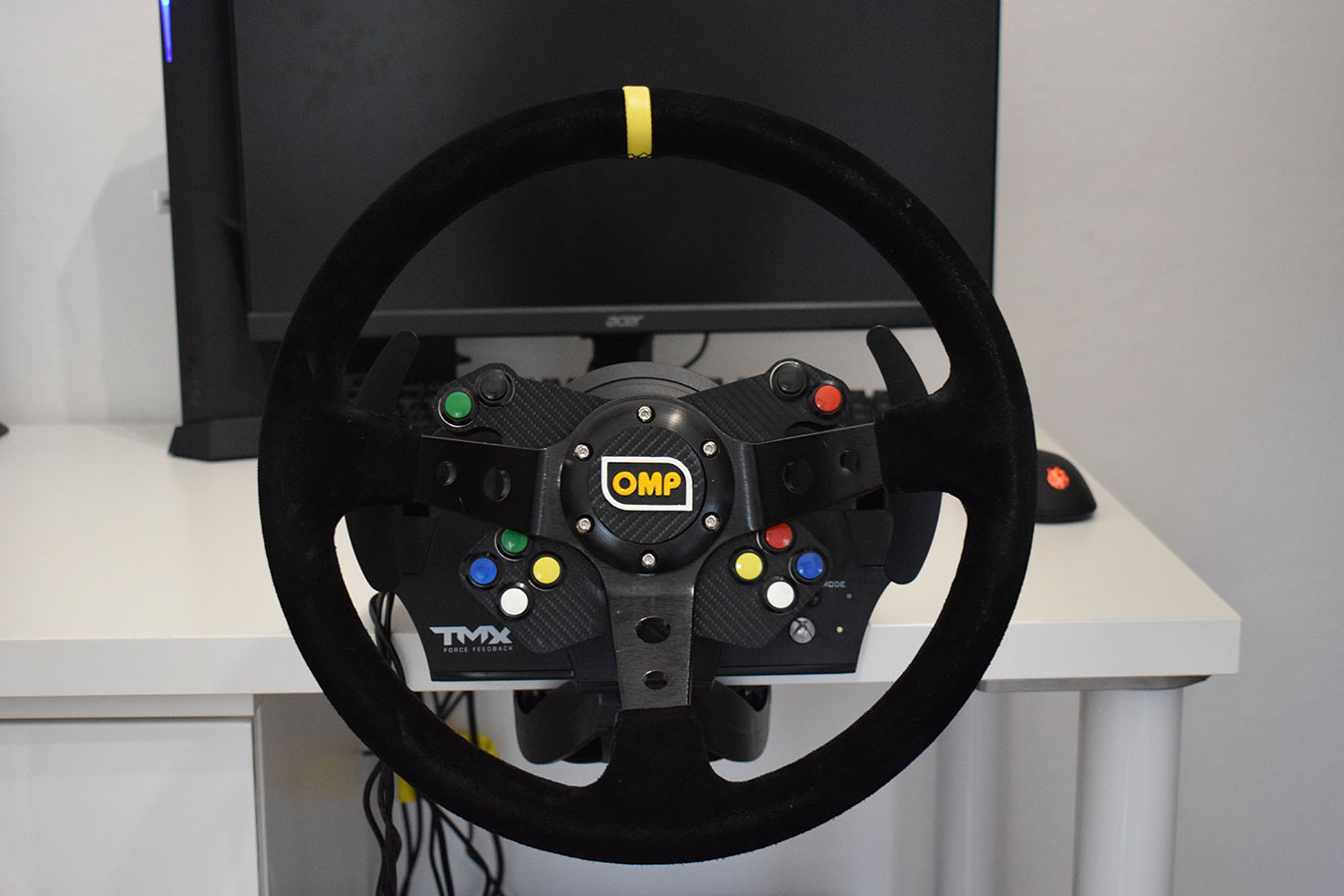
But in order to fully recognize the importance of project controls (and help senior management recognize it, too), it’s important to discern the difference between the two.

This differentiation can be confusing because many organizations don’t employ separate project controls analysts but simply assign the responsibilities to a project manager. Wait, so what’s the difference between project controls and project management?Įxcellent question. What type of things should project controls measure? While actual project controls differ from industry to industry, from company to company, and of course, from project to project, the high-level goal of serving as a system of checks and balances remains the same. A project control system aims to minimize the gap between a project’s plan and its execution, focusing on the cost, time spent, and end results.Ĭontrols are there to give us an advanced warning sign if our project is veering off track (which we all know will happen) by measuring, forecasting, and adjusting the project plan based on these analytics. Project controls are the iterative processes, actions, and documentation you use to keep your project on track.

Try First, a definition – what are project controls? The truth is that you’re probably putting plenty of project controls into practice without even knowing it.īut as tools that stands between a successful project and wasteful chaos, it’s vital that you are able to identify these project controls and give them the priority they deserve. If you’re not sure what they are or how to use them, not to worry – that’s exactly what you’re about to find in this article. Well, we have just the thing for you, and it goes by the very intuitive name of ‘project controls.’ Calling all project managers! Are you ready to take control of your projects?


 0 kommentar(er)
0 kommentar(er)
